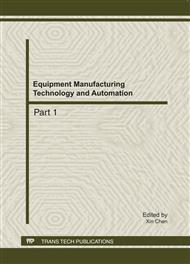p.1411
p.1418
p.1424
p.1429
p.1433
p.1438
p.1444
p.1452
p.1456
Silk-Screen Print Technique in Laminar Flow Control
Abstract:
Silk-Screen Print Technique was used to print roughness elements at the leading edge of a swept wing for crossflow (CF) dominated Laminar Flow control (LFC) in fluid dynamics. Crossflow was studied to be sensitive to the spacing and height of the roughness elements, as well as the density of the metal ink. Experiments in our research showed silk-screen print technique can precisely print the elements to dominate to delay transition.
Info:
Periodical:
Pages:
1433-1437
Citation:
Online since:
August 2011
Price:
Сopyright:
© 2011 Trans Tech Publications Ltd. All Rights Reserved
Share:
Citation:


